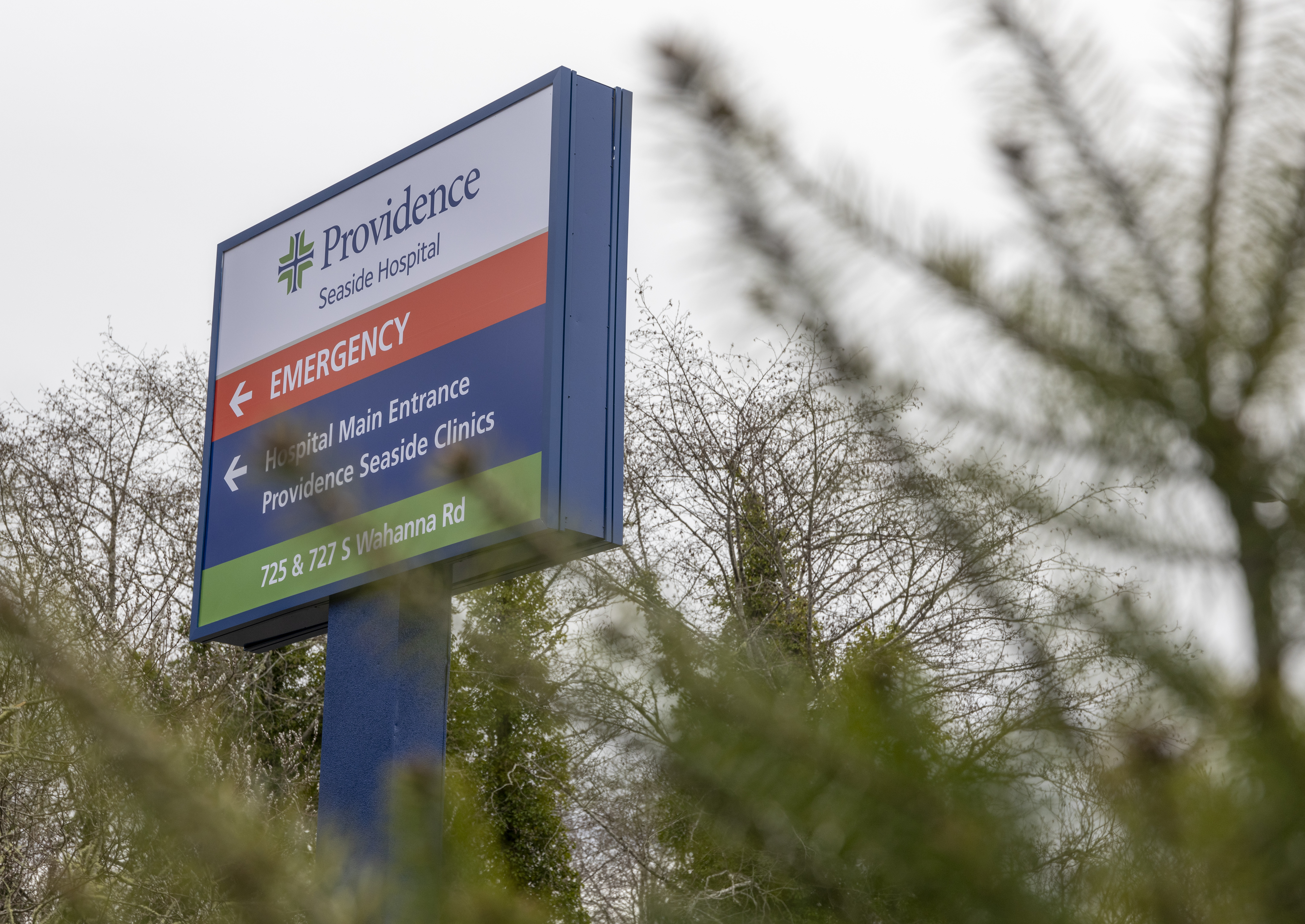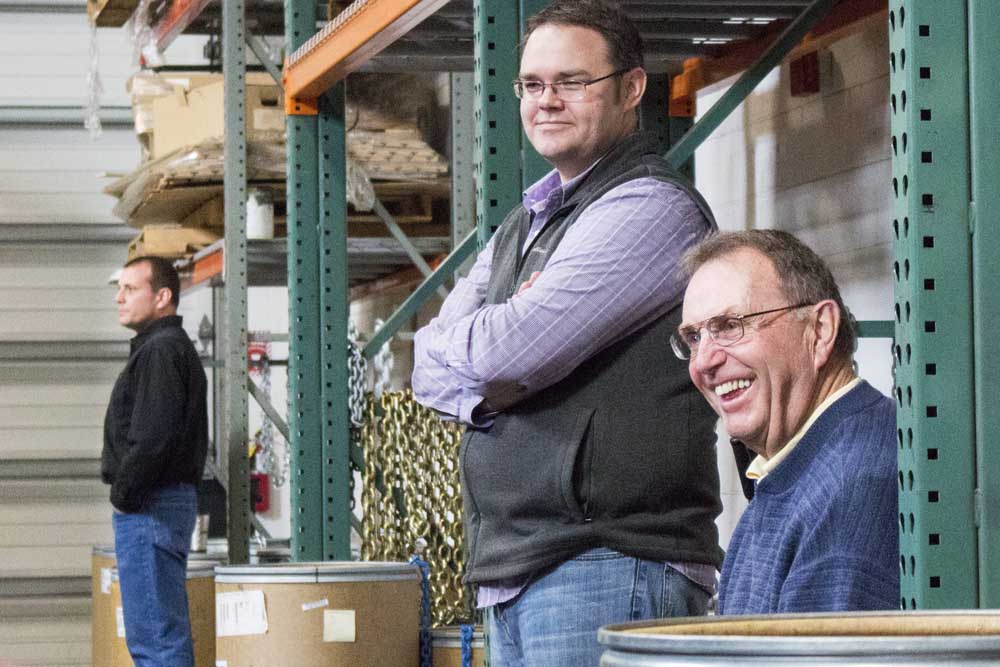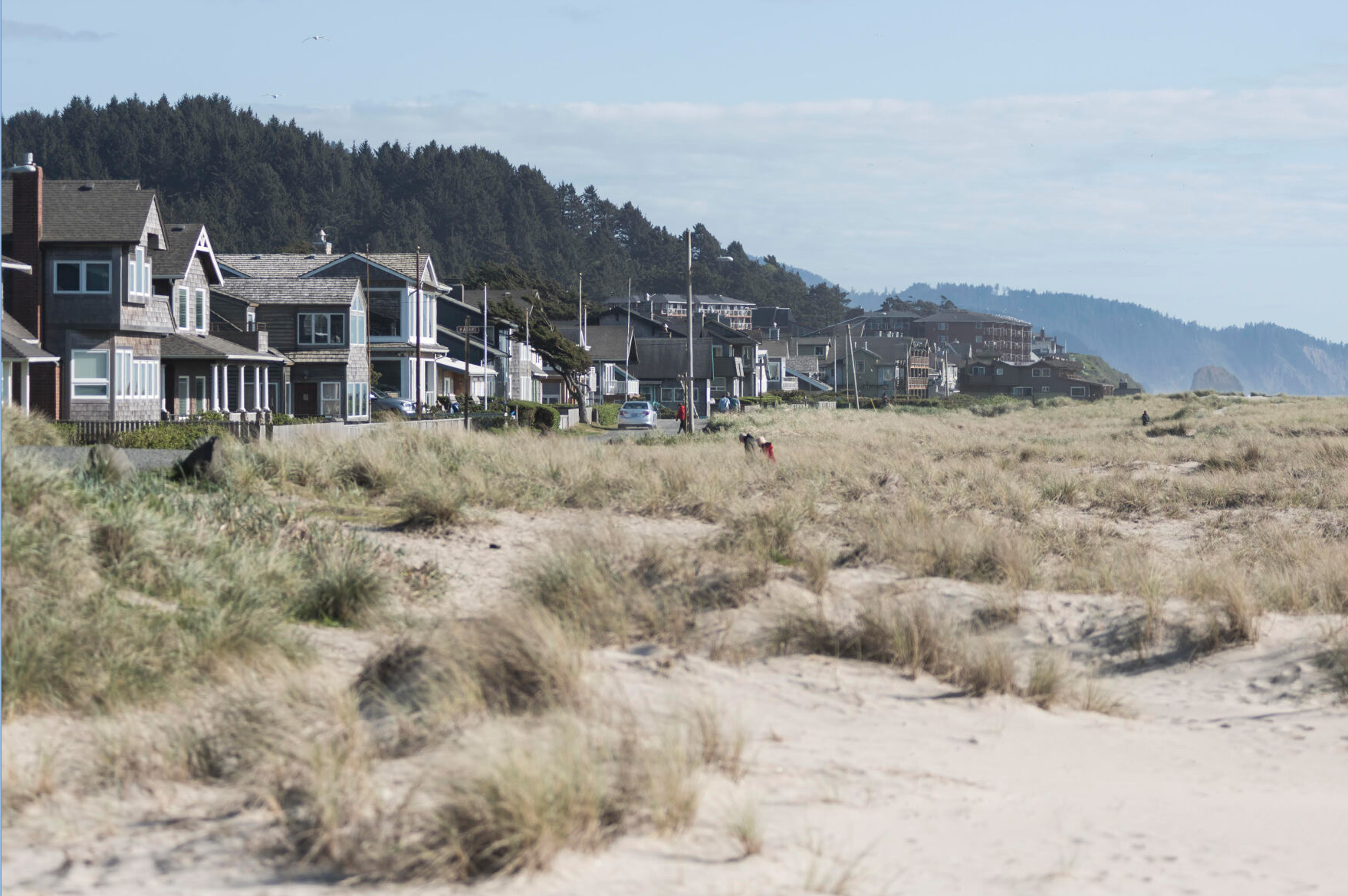Writer’s Notebook: Oysters get big health endorsement
Published 12:30 am Thursday, November 28, 2024

- Matt Winters
Around a century and a half ago when my family wagontrained up from Nevada and homesteaded on Puget Sound, oysters were one of the most popular and affordable nutrition options. We built on this fact and started the Bellingham, Washington, restaurant I still boast about, great-grandpa’s Oyster and Waffle House.
Trending
For all our 19th century ancestors, oysters were convenient “fast food” in durable single-serving containers, almost like modern-day hamburgers, tacos and pizza.
It’s surprising that Pacific County communities don’t more loudly celebrate literally being the epicenter of West Coast oyster production, along with growing many cultivated and wild clams.
Oysters and other locally grown and harvested shellfish got an enthusiastic endorsement in the Nov. 16 New York Times. The article, “Are Shellfish Good for You?: Oysters, clams and scallops are a seafood success story,” makes a strong case:
Trending
• Clams and oysters are some of the most nutrient-rich animals on the planet, just behind small fish like sardines and anchovies.
• Bivalves are low in fat, high in protein and, unlike much other seafood, generally free of environmental contaminants like mercury.
• Aquaculture of oysters, clams and other bivalves has doubled over the last two decades, pushing out more destructive fishing methods. Around 90% of bivalves are now farmed.
• Shellfish growers are often the strongest advocates for clean water regulations in their communities, often organizing local restoration projects. “You can’t farm in dirty water. Oyster farmers are environmentalists — at heart and for business,” an expert told the reporter.
The Times goes on to make a few suggestions. Eating raw oysters is a turnoff for many people, for example, but the story quotes this smart advice: Choose small ones that go down easy. “Don’t look at it! Just gulp it down and eat it.”
Fried oysters are more appealing to most of us. I still have our recipe from my great-great-grandmother’s 1873 “receipt” book: “Take the largest ones, and rinse them in cold water to free them from bits of shell; then dip them into beaten egg, and then into finely rolled cracker crumbs, both sides, and fry in butter, not too hot — turning them over when the first side is nicely browned.” The page corner still bears traces of being folded down for quick reference. It closes with this valuable advice: “Serve while hot … a cold Oyster, unless raw, is not a ‘treat.’”
By the 1870s, oyster fans in western Washington enjoyed access to Eastern oysters, which were either packed in wet straw and shipped live across the country by new rail routes — most likely from Chesapeake Bay — or else preserved in recently perfected tin cans.
However, native Washington oysters from Shoalwater/Willapa Bay and Puget Sound remained a popular choice into the 1890s.
“Shoalwater Bay is celebrated on the Pacific Coast for its oysters, which occur abundantly there on natural beds. For a number of years the oyster supply of San Francisco was obtained solely from this source,” according to the federal fisheries report of 1888.
“ … Many of the older citizens, having acquired a taste for the native oysters before any others were obtainable on the West Coast, prefer them to those brought from the Atlantic. This preference has created considerable trade in the native variety.”
Eventual depletion of native oyster beds in Washington and a few smaller Oregon bays, along with the failure of efforts to create a self-sustaining population of transplanted Eastern oysters, led to introduction of Japanese oysters in the Pacific Northwest.
Renamed Pacific oysters in a marketing move, large Japanese oysters form the basis of the U.S. West Coast oyster business to this day. Though the modern preference is for relatively small oysters, Pacifics became popular with growers in part because they can grow so big — up to 40 shucked oysters to the gallon, compared to as many as 2,500 Olympia oysters per gallon.
Some argue that establishing Pacific oysters in the U.S. was an environmental mistake — though few oyster lovers agree. There are scattered, but serious, efforts to reestablish native Northwest oysters.









